THE HEART OF THE MATTER
We chat to Samantha Curtis, 48, from South Gloucestershire, who was diagnosed with peripartum cardiomyopathy 20 years ago. She explains how living with the condition affects her, and why the work of Cardiomyopathy UK is so important.
Samantha Curtis was pregnant with her second child 20 years ago, when she noticed some unusual changes in her body. “I knew changes were part of pregnancy, but I was concerned about the amount of swelling I was experiencing. My ankles, hands and face were really swollen and I had also developed a very sore swelling under my baby. Despite flagging up my symptoms many times to my midwife, I was told everything was fine and I just needed to rest.”
Samantha had a planned caesarean to deliver her son Jamie. “During the pre-op, the midwife said I had a slightly irregular heartbeat, which can be normal towards the end of pregnancy, but after I had had my baby, I asked my GP to check again. He kind of briefly held my wrist, then said he wasn’t worried.”
As the weeks went on,Samantha got more and more tired and was struggling to look after her boys. “My GP just told me to get more fresh air and exercise, then I was diagnosed with postnatal depression. I kept telling him I wasn’t depressed, just really tired.” Samantha’s GP suggested she stay with her mum for a while to get some extra support. “Within a few days, it became apparent I was really unwell. My home is on one level, but at Mum’s I couldn’t get up the stairs as my muscles were weak and I was very breathless. I was literally on my hands and knees crawling up them. I was also hardly eating but was gaining weight around my stomach and my feet were still swollen.
“My mum had seen heart-failure symptoms in her own mother and told me she thought I had a heart problem, which was a big shock. She got me an emergency appointment with my GP, which my husband Ian took me to. He said he hardly recognised me even though he’d seen me just a few days earlier, and that I looked like a frail little old lady. He was really worried. ”By the time Samantha saw her GP, she was struggling to breathe, and her heart rate was 160 bpm (a normal adult resting heartbeat is between 60 and 100 bpm). Her GP rang the hospital and she was told to go straight to A&E. “I had a CT scan, then an echocardiogram, which showed my heart function was at EF 17 per cent. A normal heart’s ejection fraction is between 50 and 70 per cent.”
Samantha was admitted to the coronary care unit at Southmead Hospital, 16 weeks after the birth of her son. “After the tests, I was diagnosed with peripartum cardiomyopathy – PPCM – which is a rare and serious type of heart-muscle disease that occurs during the end of pregnancy or shortly after, causing the heart to become enlarged and weakened and less able to pump blood. The doctors thought I probably had PPCM with my first son, but it had gone undiagnosed. “I was given a 50/50 chance of survival, which was terrifying, and I just kept thinking about my 16-week-old baby and two-year-old son. But I was determined not to cry, as it felt like giving in. I knew I needed to beat it and get better.”
Samantha spent six weeks in coronary care. “The first few weeks were touch and go, and one of the nurses actually sat up with me all night one night and started
a prayer circle that went round the world. “Thankfully, after a few weeks, things turned a corner and I was allowed home, but I was in a wheelchair for ages and couldn’t lift anything, even my baby. However, I was alive and back with my husband and boys, so I felt very grateful.”
In 2007, six years after her diagnosis, Samantha had an ICD (implantable cardioverter defibrillator) fitted as she was having irregular heart rhythms. “The ICD sends electrical pulses to return my heart rate to normal if it goes too fast or too slow, and can deliver a larger electric shock if my heart goes into an irregular rhythm. As my children were very small, I was scared about how they would react if I was given an electric shock while we were out – thankfully, it never got to that stage – so I talked to them about what they should do. However, I did feel more confident about going out by myself as it felt like I had my own ambulance inside my body, so I got a bit of freedom back.”
In autumn 2019, Samantha started to feel very tired and breathless and her muscles felt weak. “I was sent for an echo, which showed that my EF had dropped from 45 per cent to 33 per cent. There was talk about me going on the heart- transplant list, which was terrifying, but eventually, it was agreed they would start me on a new drug called Entresto, which protects the heart. I started to feel better straight away and have continued to do so. I still get tired and my exercise tolerance is very low, so I am not back to how I was before, but I’m a lot better than I was. I am very positive and try not to think too much about my condition. I get on with things when I’m feeling well because if I stopped to worry everytime I had a funny heart rhythm, I wouldn’t get anything done.”
Since her diagnosis, Samantha has received support from the charity Cardiomyopathy UK. “I’ve used their nurse helpline for advice – for example, when I had a cold and wanted to know which medications I could take with the ones I am on for my heart. They were very helpful; it’s great to know they are there. “I can also access their information online, which is ideal as it is up-to-date and accurate. During the coronavirus pandemic I have found it particularly helpful because I wasn’t sure what the advice was in relation to my specific condition, as it’s so rare.”
The charity also raises awareness of cardiomyopathy and campaigns for better access to quality treatment. “This is so important because I, like many people, struggled to get a diagnosis, and even 20 years on, I still speak to medical professionals who have no idea what it is. “I feel so grateful for the care of all the doctors and nurses who have treated me over the years, who did know about the condition. My one fear throughout was that I wouldn’t see my children grow up and would leave them without a mother, so I am thankful every day that it didn’t come to that. I want to see everyone with cardiomyopathy given quality care, and that starts with raising awareness. It’s vital that both individuals and healthcare professionals know the signs to look for and are able to access good treatments as quickly as possible. It’s fantastic to know there’s a charity out there campaigning for that.”
CARDIOMYOPATHY UK
SUPPORTING VULNERABLE PEOPLE WITH CARDIOMYOPATHY
CANDIS BIG GIVE 2021 Total raised: £14,409
Cardiomyopathy is a disease of the heart muscle that can have a devastating impact on the lives of people of all ages and is usually inherited. It affects 1 in 500 – an estimated 160,000 people in the UK – and is sadly the main cause of sudden cardiac death in people under 35. Symptoms include tiredness, breathlessness, swelling of the abdomen and ankles, palpitations, pain in the chest, dizziness and fainting.
Cardiomyopathy UK is the only charity in the UK solely supporting people with cardiomyopathy and educating healthcare professionals. It will use the money raised in the Candis Big Give to help support people with cardiomyopathy by providing them with information, medical advice, emotional support and practical help through its nurse helpline, peer support network and information resources. The nurse helpline will give expert, specialist knowledge and understanding to those with questions about their condition, while peer support gives people the chance to talk to others who have been through this about the day-to-day realities of living with cardiomyopathy. This peer support is available through support groups or by talking to one of the charity’s volunteers over the phone.
These resources provided by Cardiomyopathy UK will help people
to manage the impact of their condition; ease the fear, uncertainty and psychological distress that can accompany a diagnosis; and live long and fulfilling lives by helping them to understand and manage their condition.
For more information, visit cardiomyopathy.org or call 0800 018 1024.
WHAT CARDIOMYOPATHY UK MEANS TO ME
Joel Rose, chief executive at Cardiomyopathy UK, tells us what makes the charity so special
“Cardiomyopathy is a condition a lot of people would never have heard of before being diagnosed with it, and it’s a lot to get your head around. Imagine the doctors have just told you that you’ve got this problem. You don’t even know how to say the word, but it’s a heart condition so you know it’s serious. Many will walk away from the hospital thinking, “I don’t even really know what the doctor has just said to me.” That’s where we come in. Having a helpline, people can call up one of our nurses and take as long as they want to make sure they really know what’s going on and what their options are. This is so important and can help them feel better able to cope.
Our work raising awareness of the condition is also really important because, with the right treatment and support, it’s a condition you can live with, So it’s so essential that people are aware of it, know the signs to look out for, and have access to the best treatments available.
If we do our job well, then every time someone phones, or every time someone goes to a support group, we are really changing their experience by providing vital help and support, and I find that very rewarding. We often hear from people who tell us the difference the support makes in their lives and how they really appreciate the fact that they’re able to build a network around them of others in the same boat, which is what our work is all about. We are a relatively small charity and are focused on community and knowing all the people we work with and who fundraise for us. We are able to keep that family feeling, which for me is really special.”
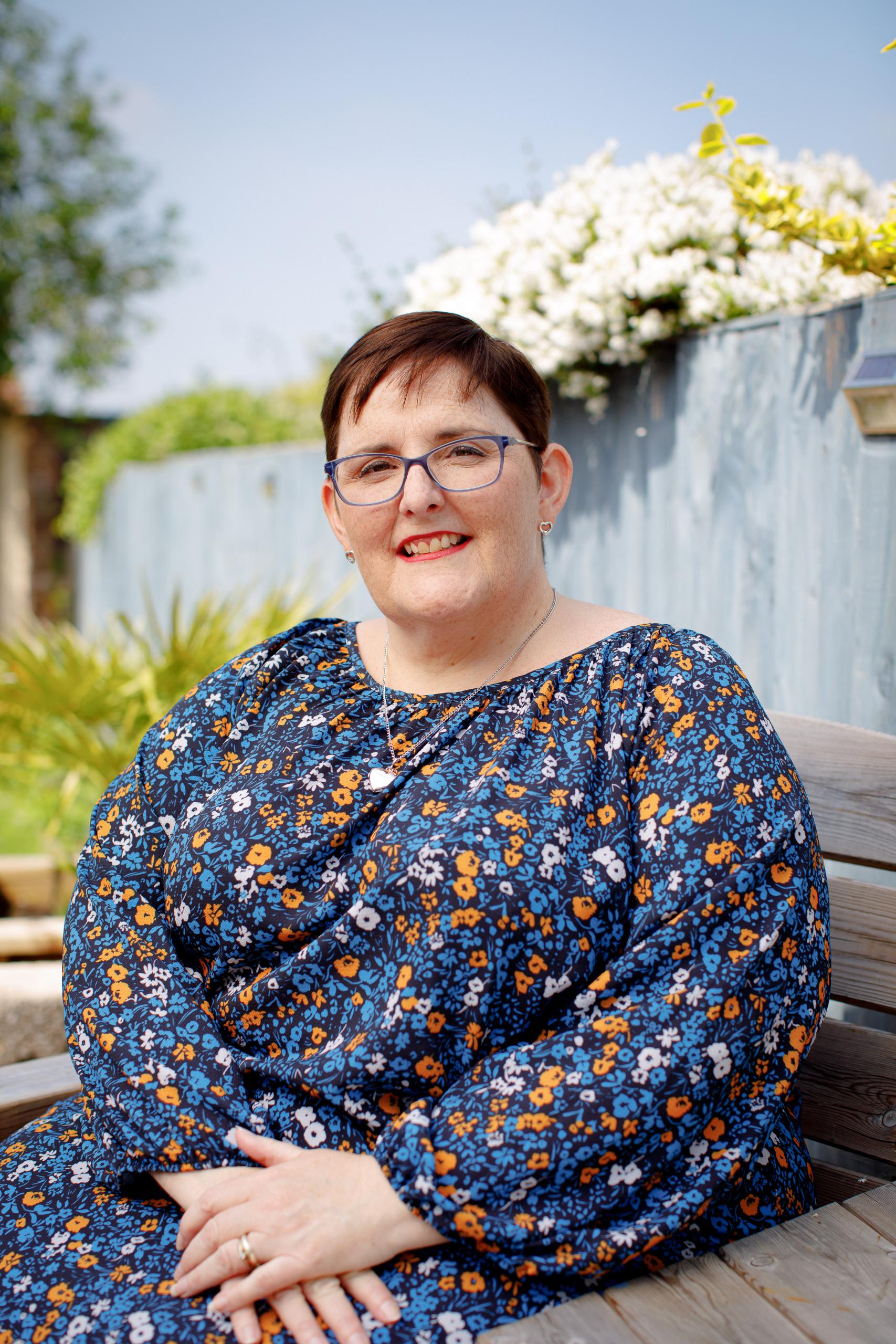
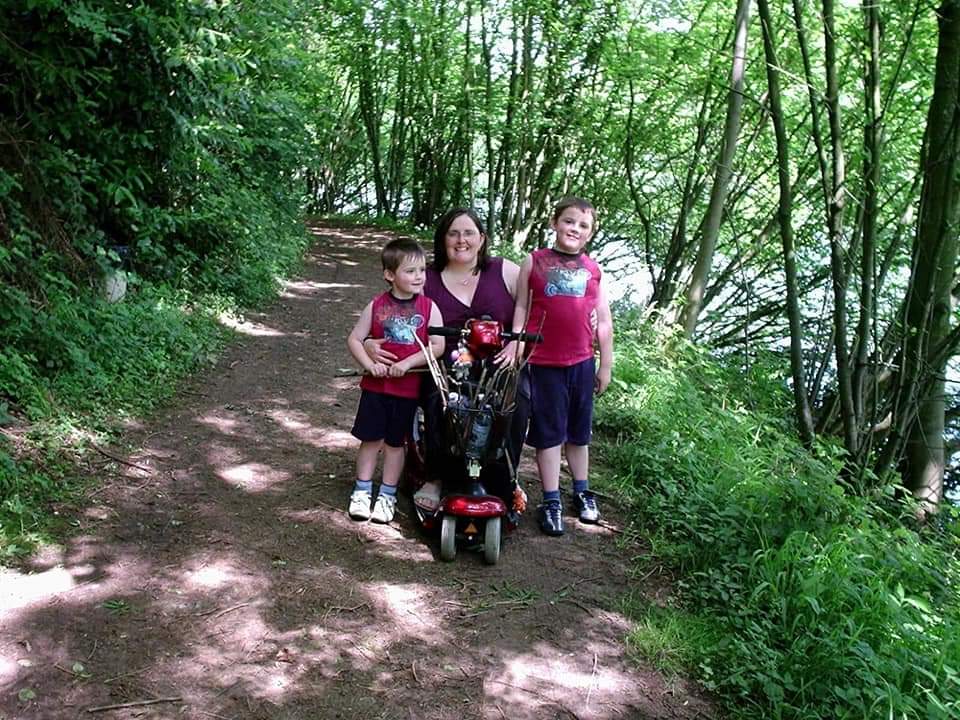
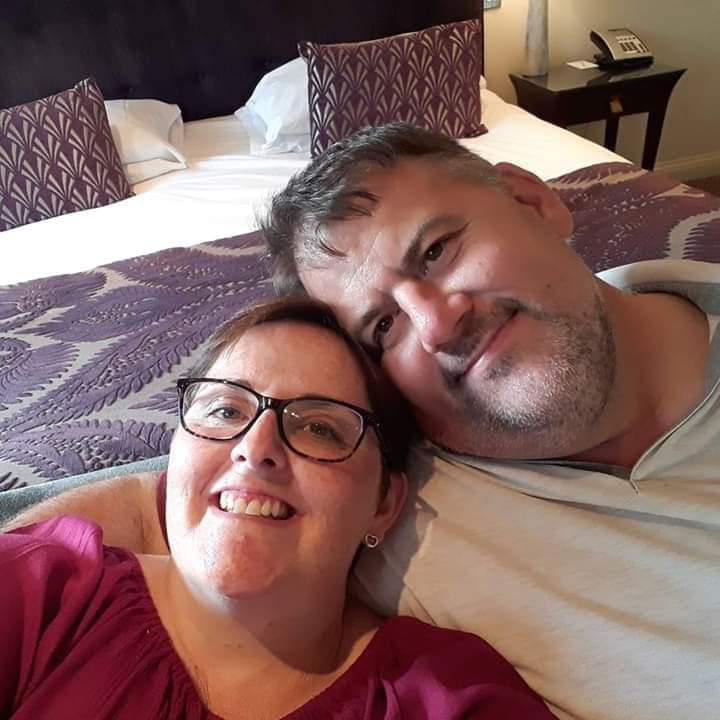
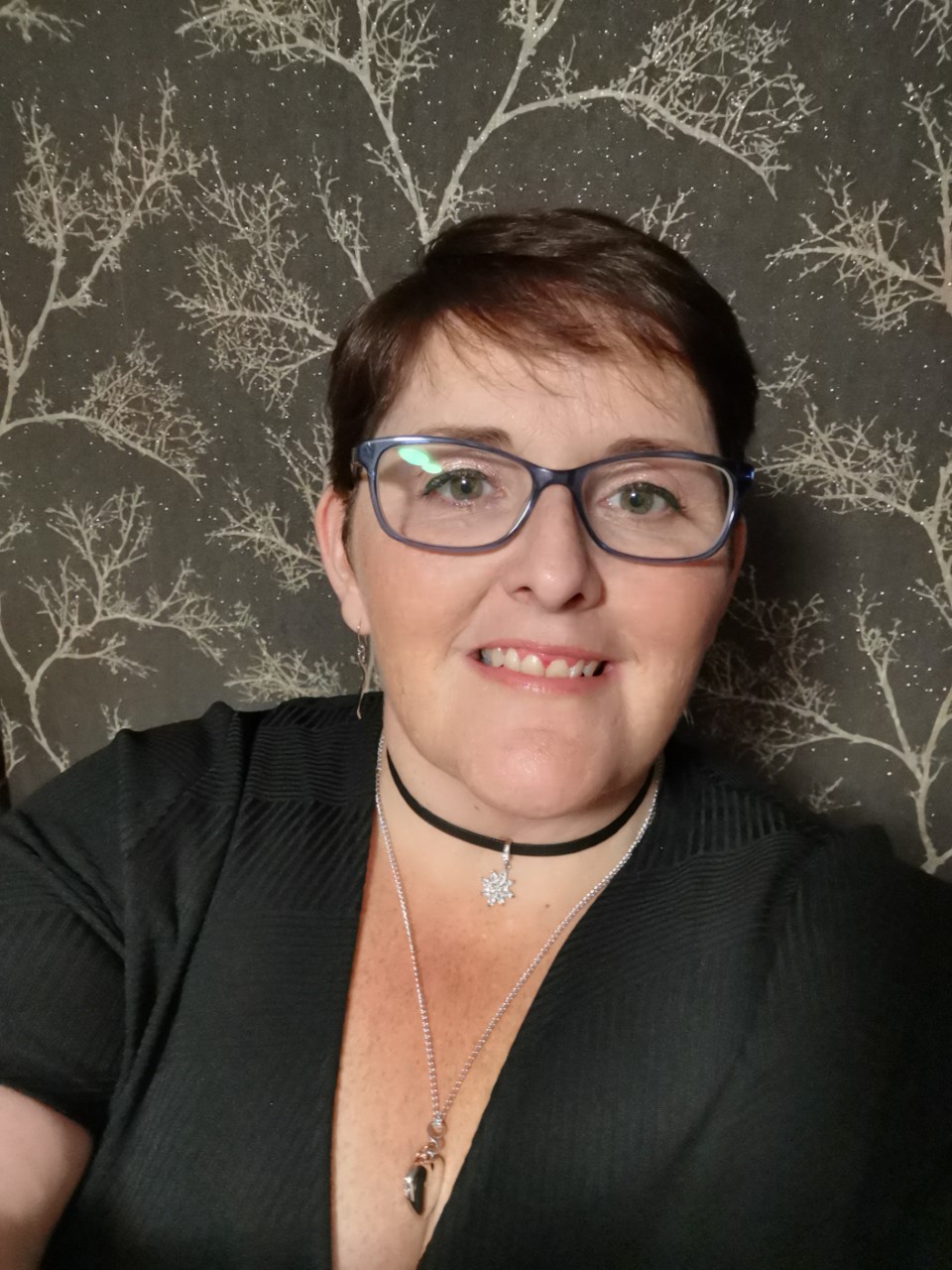
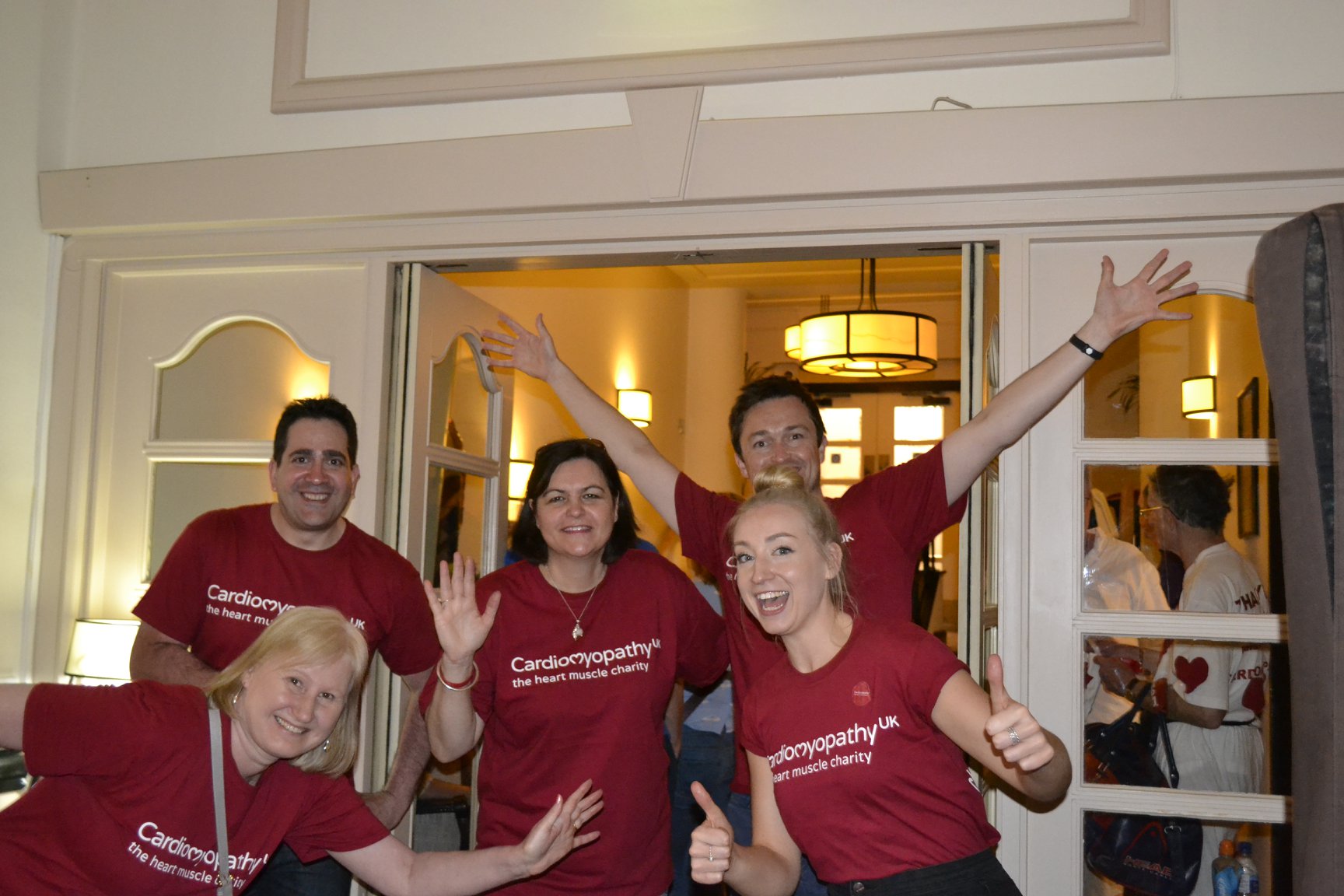


Leave a Reply
Please login or register to leave a comment.